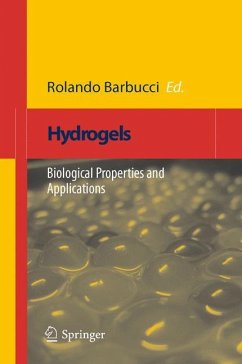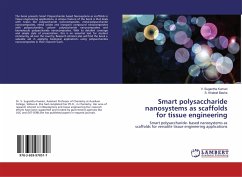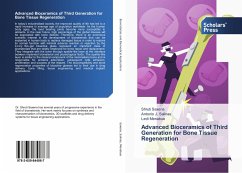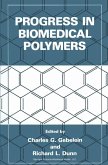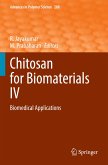The studies on Biohydrogels have had a rapid, exponential evolution in the last
decades. Starting from one of the first applications of hydrogels in surgery,
polyvinylalcohol crosslinked with formaldehyde under the trade name of Ivalon, we
passed through PolyHema hydrogels as contact lens materials, hydrophilic
polyurethanes (HPU), biodegradable hydrogels for both reconstructive surgery and
pharmaceutical delivery systems, and finally more recently, one decade old, the
thermoreversible and transient network hydrogels. Of course all these classes of
hydrogels have been always and continuosly studied, improving their performance and
field of applications. Recently, most of them have been used as scaffolds for cells,
even stem ones, for regenerative applications (tissue engineering). Nevertheless
hydrogels are odd materials and many studies still have to be carried out to fully
understand their behaviour from mechanical, physicochemical and biological point of
view.
decades. Starting from one of the first applications of hydrogels in surgery,
polyvinylalcohol crosslinked with formaldehyde under the trade name of Ivalon, we
passed through PolyHema hydrogels as contact lens materials, hydrophilic
polyurethanes (HPU), biodegradable hydrogels for both reconstructive surgery and
pharmaceutical delivery systems, and finally more recently, one decade old, the
thermoreversible and transient network hydrogels. Of course all these classes of
hydrogels have been always and continuosly studied, improving their performance and
field of applications. Recently, most of them have been used as scaffolds for cells,
even stem ones, for regenerative applications (tissue engineering). Nevertheless
hydrogels are odd materials and many studies still have to be carried out to fully
understand their behaviour from mechanical, physicochemical and biological point of
view.

